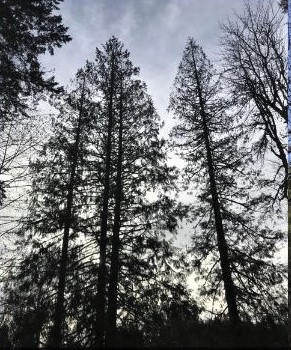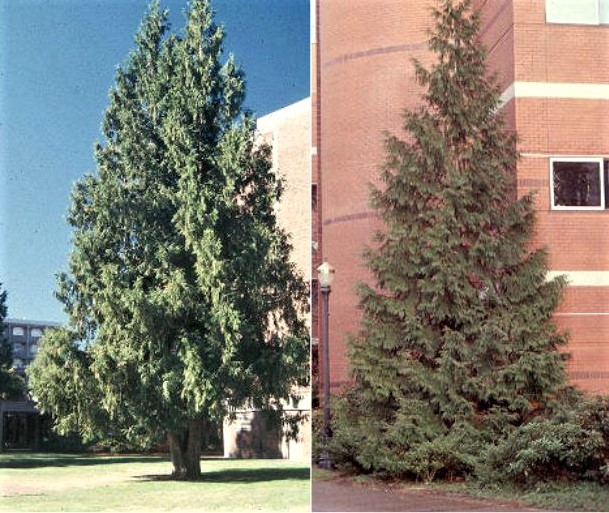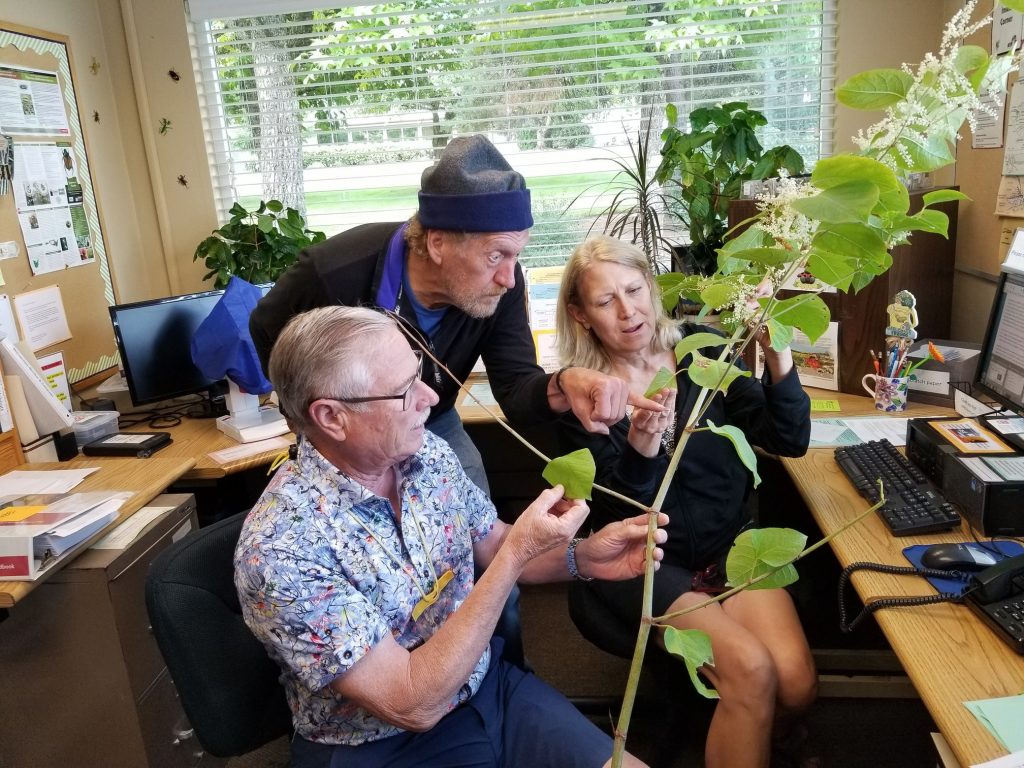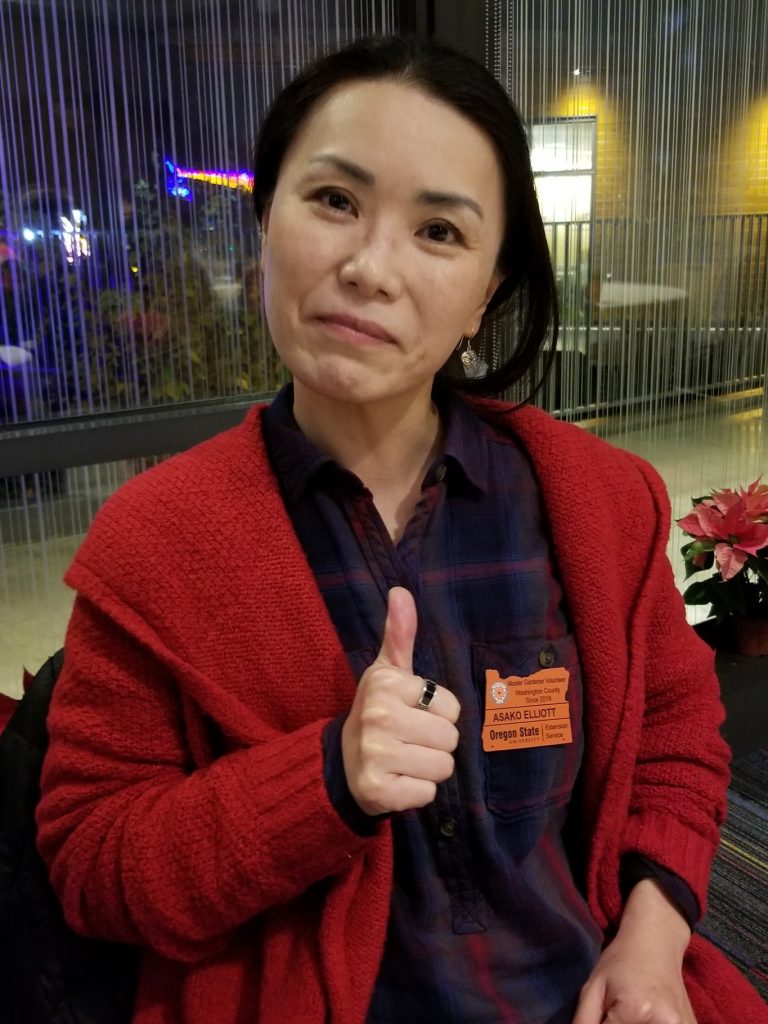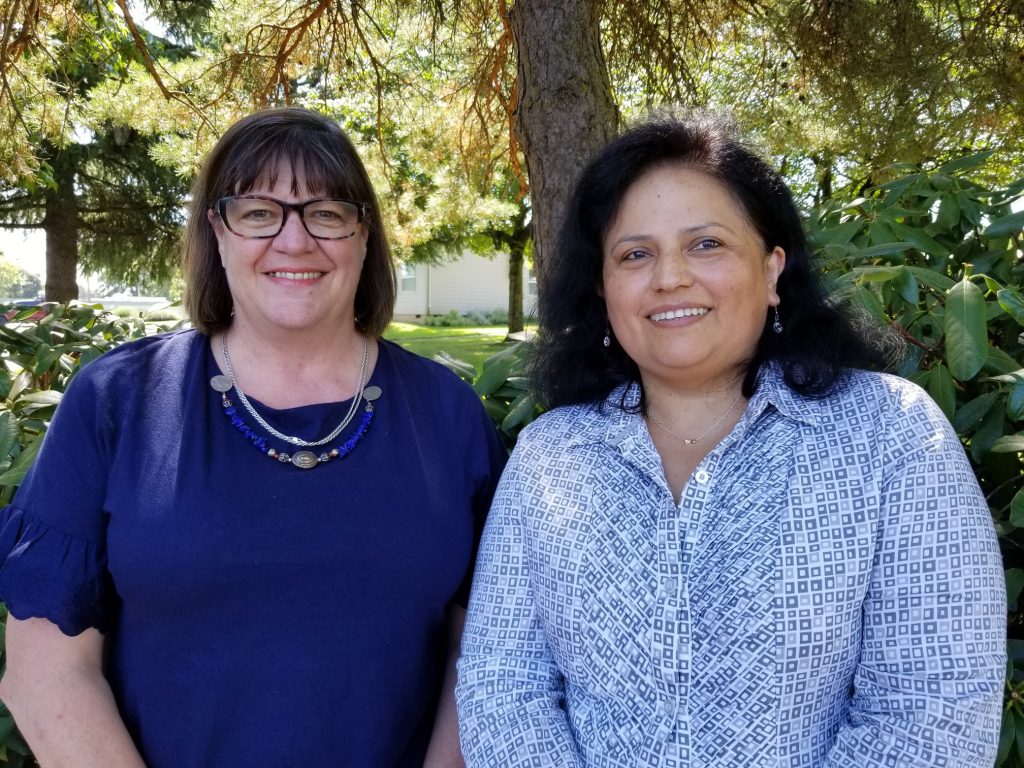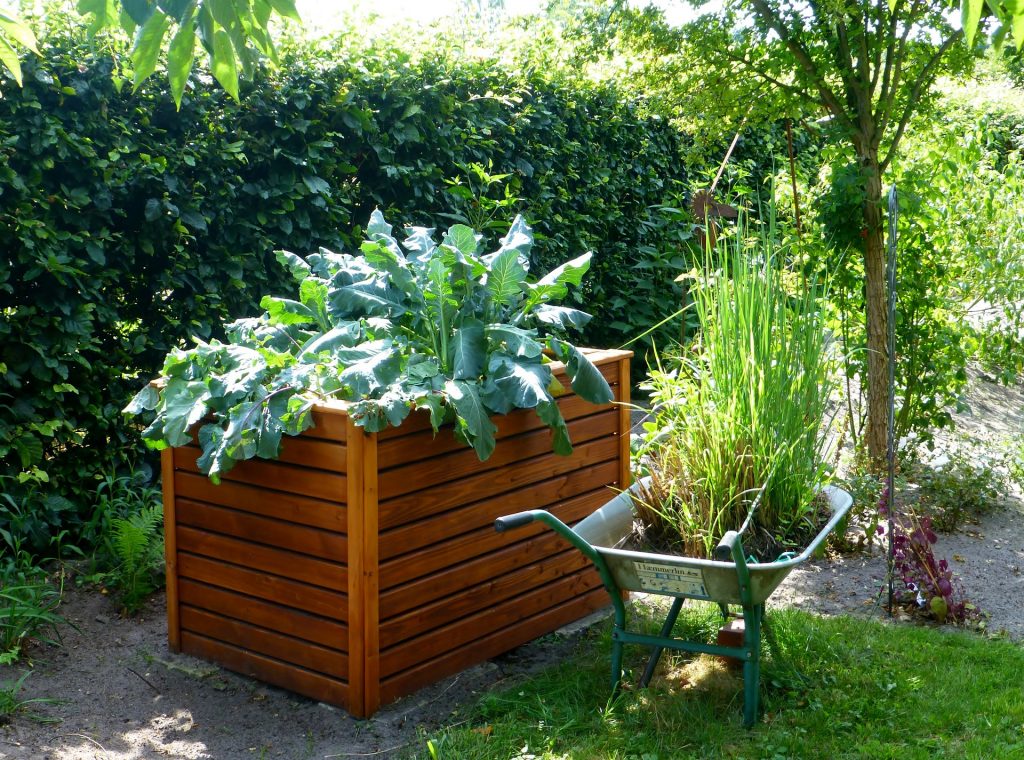
“The broadest and maybe the most meaningful definition of volunteering: Doing more than you have to because you want to, in a cause you consider good.” – Ivan Scheier.
Thank You for Your Generous Contributions!
Metro-area Master Gardeners thank you for your dedicated commitment to the OSU Master Gardener program! Your volunteer logs and coordinator reports have been rolling in and your contributions are amazing! Over 40,000 hours of service has been reported! Including over 15,000 pounds of produce donated to area food banks!
Your generous service and its collective impact is making a meaningful difference to the communities that we serve! Thank you for educating and guiding home gardeners…answering questions at Farmers Markets and MG helpline offices, sharing proven, sustainable gardening knowledge by presenting at community events, and digging deep, educating fellow Master Gardeners and community members at Chapter demonstration and education gardens. Thank you for contributing your time, passion and knowledge to the cause you consider good… educating the gardening public in successful and sustainable gardening practices!
Display Your 2020 MG Sticker!

Those who have fulfilled the requirements to maintain their status as an active and “current” Master Gardener will receive a 2020 Recertification sticker to proudly display on your MG badge.
The sticker is a designation that you are current and up-to-date, having completed all required volunteer service hours, continuing education opportunities, and completed forms. Stickers will be distributed at Fall Recertification and mailed (by year’s end) to those who do not attend Fall Recertification. For MGs still needing information about how to remain current, please refer to the Volunteer Portal’s How to Maintain Active OSU Master Gardener Status page.
If you have yet to send in the annual required forms, please send them in as soon as possible, so you too can receive your 2020 Recertification sticker and remain on our ‘active’ Master Gardener roll.
- 2018_2019 Volunteer log sheet
- 2019_2020 Conditions of Volunteer Service form
- Youth Safety and Compliance training. To take the training read the Basic Training (2 pages) and sign the Certification Form. Return the form to the MG program office by December 31,2019.
Spread the Word!
2020 MG Training Registration Open!

How do the majority of people learn about Master Gardener training? From Master Gardeners of course! Now is your chance to let others know about the rewarding opportunities available serving as a Master Gardener volunteer. Registration is now open for the 2020 Master Gardener Training!
Share the word with your gardening friends, wanna-be gardeners, and fellow community members. Direct those interested to our Metro-area Master Gardener website for easy online registration.
Reduced-priced application options are available on a limited basis. If you know someone who would be interested in serving the community as a garden-educator and would qualify for a reduced-price option, please direct them to our MG Training registration page for an application and qualifications. The MG Training Fellowships and Scholarships are offered thanks to the generosity and guidance of the metro-area Chapters.
Be Our Brand Advocate!
If social media is a favorite communication avenue for you, please consider sharing about the Master Gardener training registration on the social media sites on which you participate. Share posts from our Facebook and Twitter accounts or direct those interested to our website. We would love to cover all Nextdoor neighborhoods in the metro-area. If you need more information or would like a promotional photo to post – please contact Marcia McIntyre: marcia.mcintyre@oregonstate.edu
Fall Recertification Fills. More Continuing Education Opportunities!
Anticipating high interest in our Saturday, November 9th, annual Fall Recertification email invitations were sent to all Master Gardeners requesting RSVPs.
We are currently at full capacity for the event venue. Those still interested can submit their name to a waiting list. As space becomes available, those on the waiting list will be notified.
If you RSVP’d you will be attending and are no longer able to join us, please notify Marcia McIntyre to allow the next person on the waiting list to attend.
To allow more Master Gardeners the opportunity for continuing education, an additional Recertification event will be scheduled in the Spring of 2020.
Future Training Dates
Note: Diversity, Equity, and Inclusion training will be offered four additional dates in 2020
Tuesday, February 18 – 9am to 12noon, Hillsboro MG training site
Thursday, February 20 – 9am to 12noon, Oregon City MG training site
Friday, February 21 – 9am to 12noon, Portland MG training site
Spring Recertification 2020, date TBA
Watch for additional details in upcoming newsletters and emails from Program staff.
___________________________________________________________________
With Fond and Grateful Remembrance

It is with deep sadness we report the passing of Norrene Thompson who is fondly remembered, along with her husband Gray, as the “First Couple of the Master Gardener Program” in Oregon. Read more about Norrene’s dedicated contributions to the Master Gardener program.
___________________________________________________________________
OSU Master Gardener Advanced Training Webinars

What Can a Leaf Bud Tell Us About
Environmental Change? Citizen Science, Master Gardeners and Nature’s
Notebook.
November 8, 10am PT
Presented by Erin Posthumus (USA National Phenology Network)
Register here: https://learn.extension.org/events/3687
Each MG Advanced Training Webinars counts as 1-hour continuing education credit. Recordings of the webinars are posted a couple of days following the live webinar.
More Advanced Training Webinars
The OSU Advanced Training Webinars are a great way to stay up-to-date on
the latest in horticultural science. This series features
University experts who offer a wealth of research-based information on home
gardening topics, which support you in your role as a garden
educator. Check out the great library of webinar recordings.
2019 Advanced Training Webinars
2018 Advanced Training Webinars
2017 Advanced Training Webinars
*MG Advanced Training Webinars count as 1-hour continuing education credit. You may count any webinar, from any year, that you watch for the first time. List any Advanced Training Webinars that you view on your Volunteer Log Sheet.
MG Helplines – Guide home gardeners through the fall and winter season!

As the days shorten and the temperatures cool, a new host of gardening conundrums perplex the home gardener.
You can assist and expand your own knowledge, collaborating with other MGs as you research and advise gardeners. Sign-up on CERVIS or contact a phone coordinator.
- Clackamas County Phones, Catalina Santamaria, (503) 655-8631 catalina.santamaria@oregonstate.edu
- Multnomah County Phones, Marcia McIntyre, (503) 650-3126 marcia.mcintyre@oregonstate.edu
- Washington County Phones, Jenifer Halter, (503) 821-1112 jenifer.halter@oregonstate.edu














